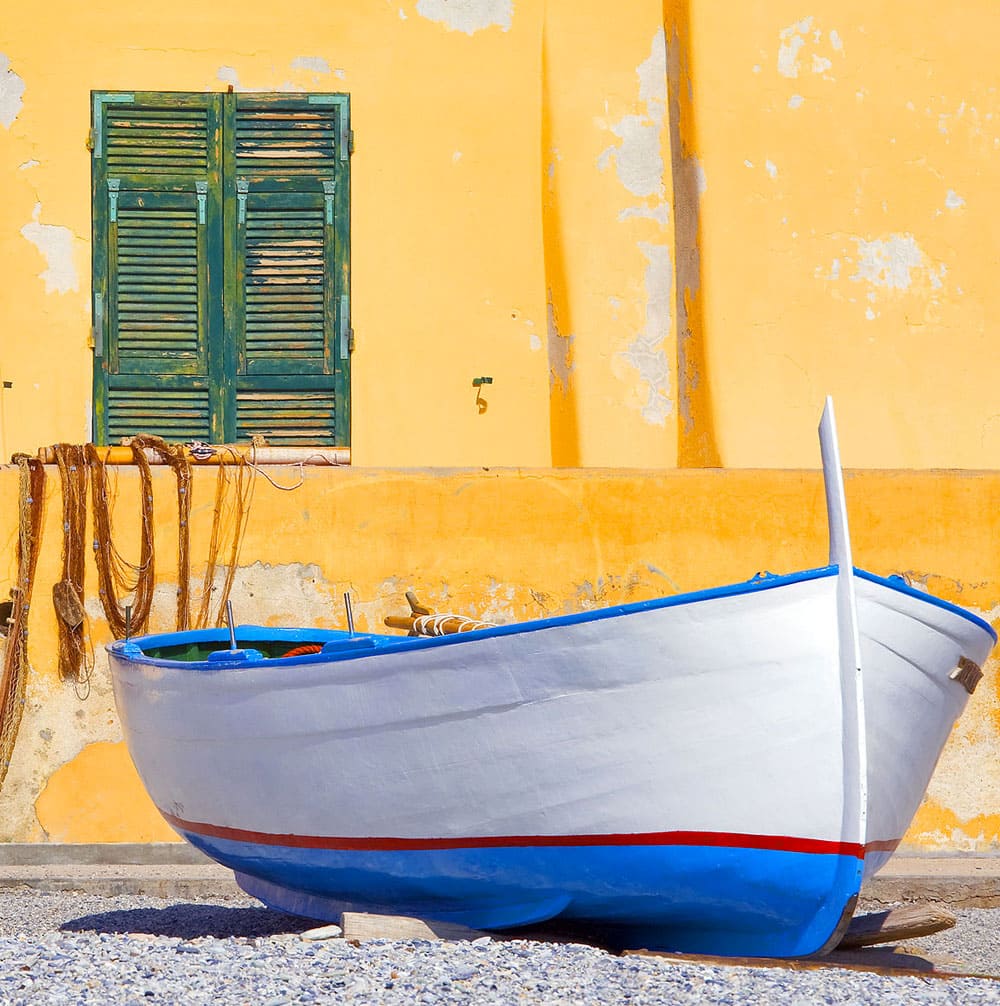

Located in the municipality of Borghetto Santo Spirito, the Toirano Caves represent one of the main attractions in Liguria. Go on an astonishing journey through stalactites and stalagmites, inside what was once the shelter for cave bears. The caves are also famous for their historical and archaeological value, as you can even see footprints of Homo Sapiens there!
Varigotti is well-known for the vivid colours of the plasterwork on its buildings in the Saracen village and the beauty and quality of its beaches, making it a famous tourist resort with a strong seafaring character.
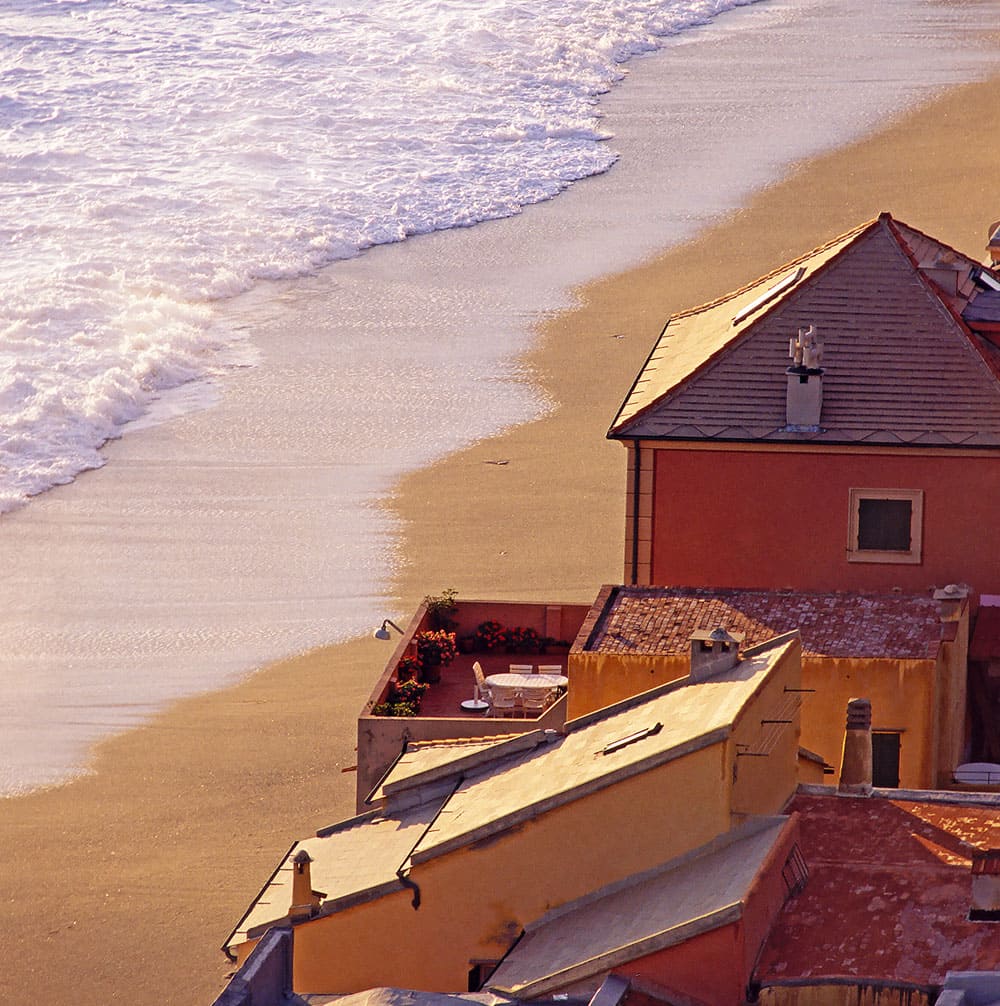
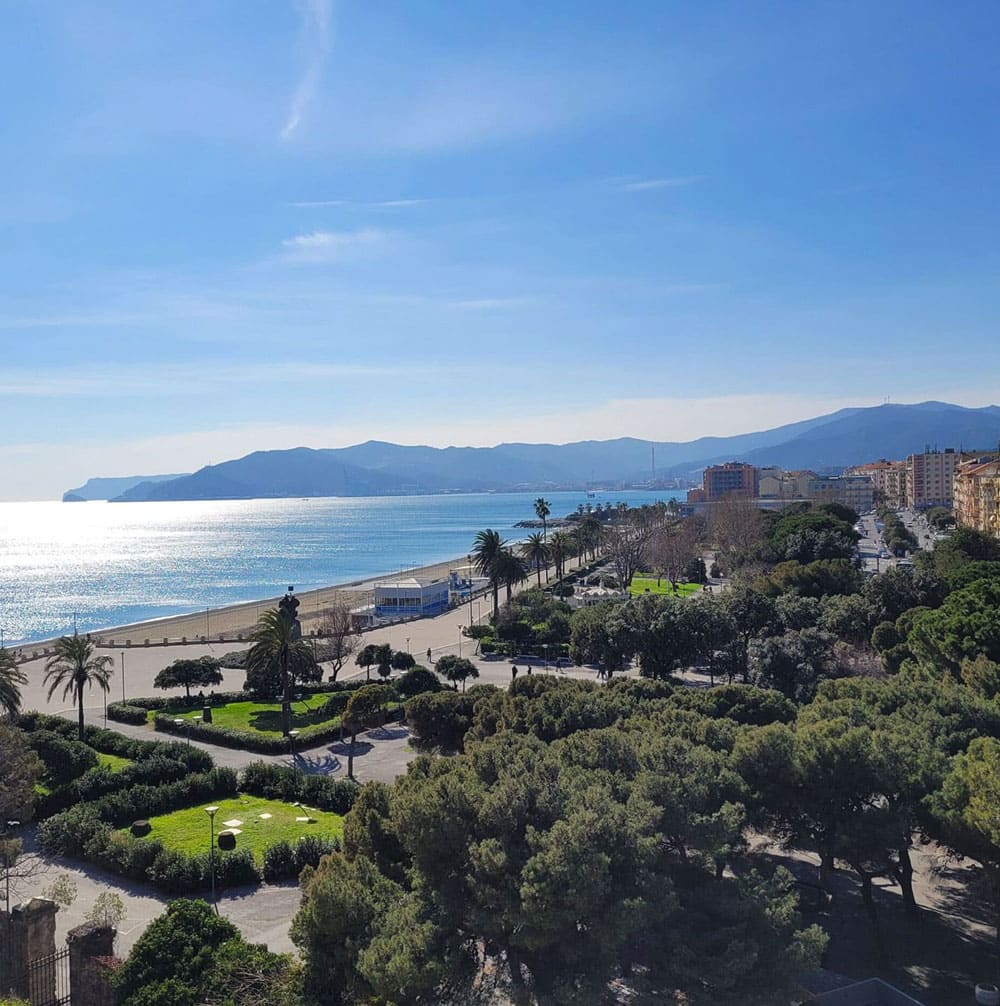
It may seem a common thing to hear the sound of bells while walking. In Savona, however, when the 6 p.m. bell rings in Piazza Mameli, everything stops – pedestrians, motorbikes, taxis and cars. For 30 seconds, every day, you can watch this unusual scene and hear the War Memorial Bell ring in memory of the fallen in all wars.
A stroll along the promenade amidst culture, colours and noteworthy signatures. Twenty-one artists contributed their art to four million tiles, making Albissola Marina a lively, welcoming and pleasant place. Stop-off at the Jorn Museum – it’s a must!

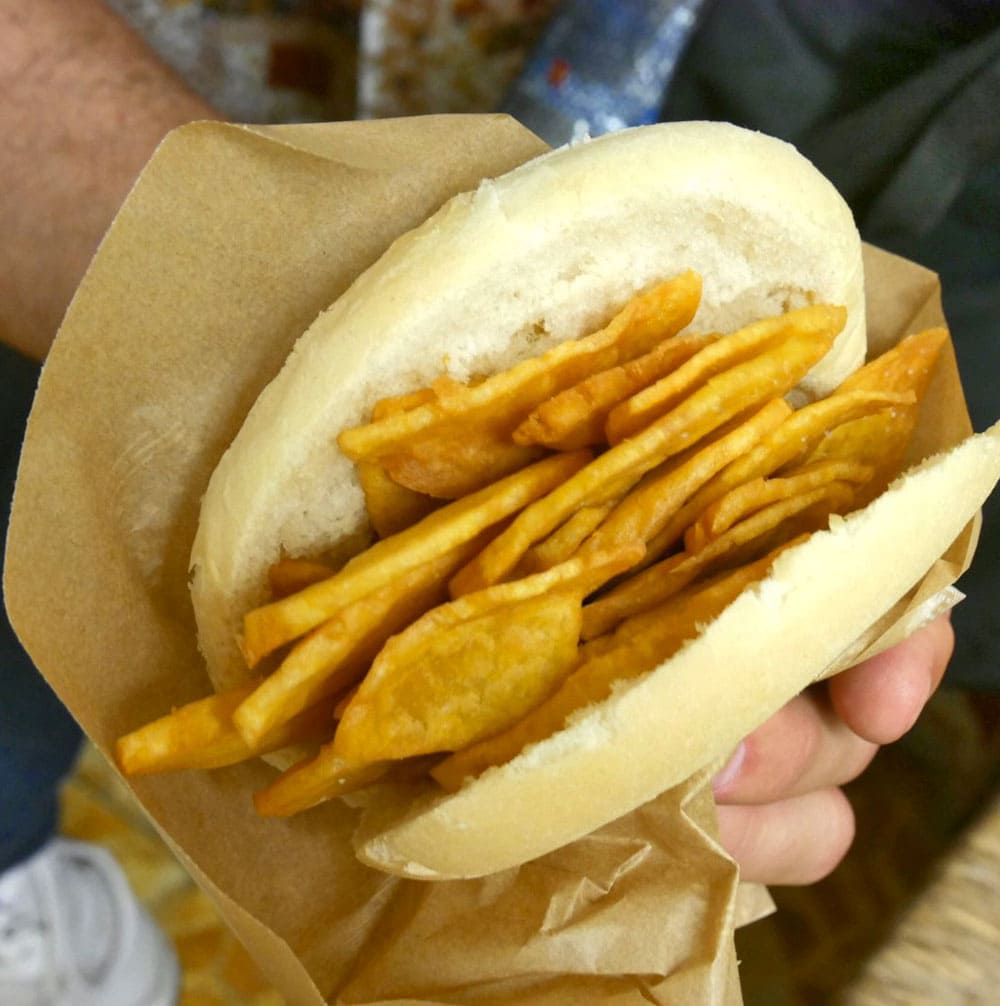
Panissa is made with chickpea flour, water and salt and is cut into half-moon shapes and fried, this has led to them being known as Fette, meaning ‘slices’.
‘Panissa con la Fugassetta’ is one of the best-loved local dishes and has become Savona’s first to be listed on as a municipal delicacy, Denominazione Comunale di Origine, or De.CO. You can taste it in historic cafes and restaurants in the centre of Savona.
The stretch of sea that laps the Liguria coast, along with Tuscany, Sardinia and France, is characterised by being one of the richest areas of marine life in the Mediterranean. And the Pelagos Sanctuary was created to preserve the conservation status of the sea’s cetaceans. Trips are organised to watch these marvellous marine mammals, with a focus on the impact of humans on the environment. Whale watching from a boat or a sailing boat – a thrill to be experienced!
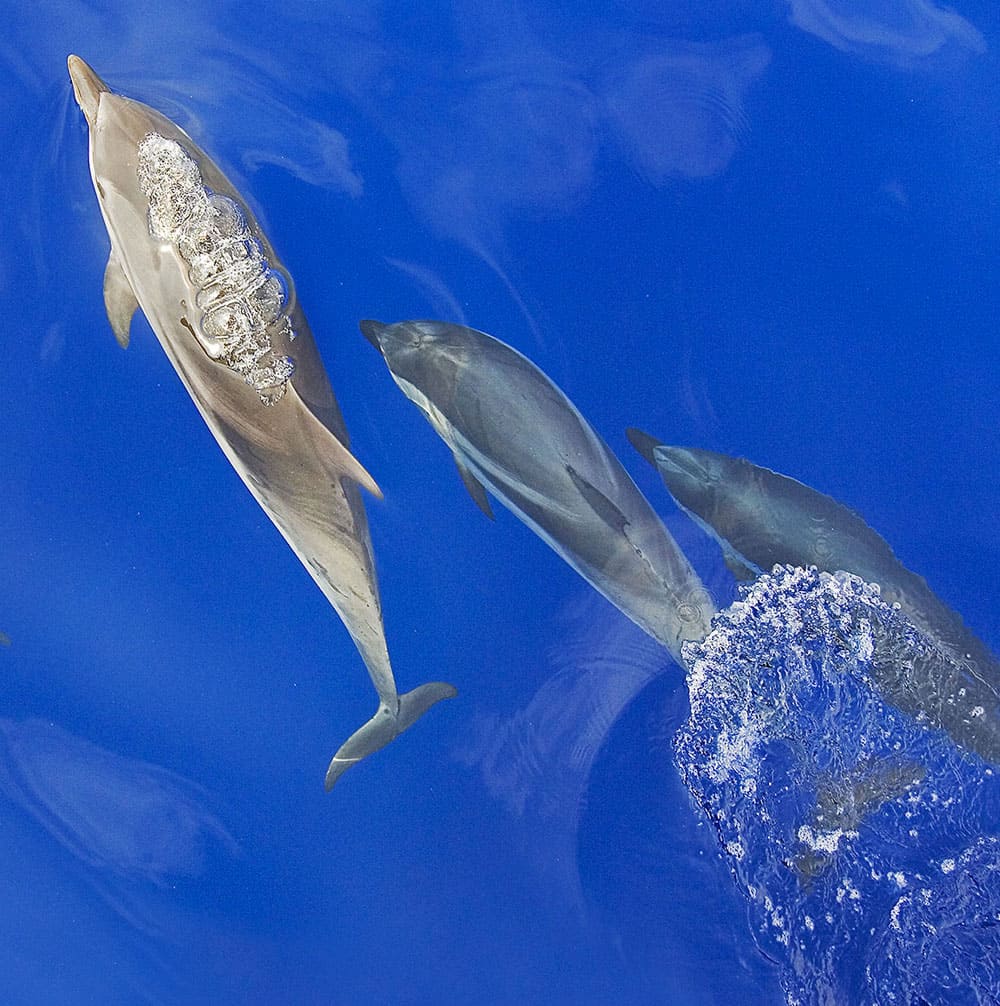

The Lungomare Europa is a cycle and pedestrian path created from the old railway that connected Genoa to Savona. Now used as a promenade, it connects Varazze to Cogoleto and, as you walk along it, you can enjoy a beautiful sea view, as well as a well-deserved break in the sun in the coves below.
The Baptistery is the most famous early Christian monument in the region. The original entrance was underground, at street level in the 6th century AD. Its external ten-sided structure makes it unique in the area, and lets us understand the ancient connection of the city of Albenga with Milan. The baptismal font inside is very impressive and is where immersive baptism was celebrated.
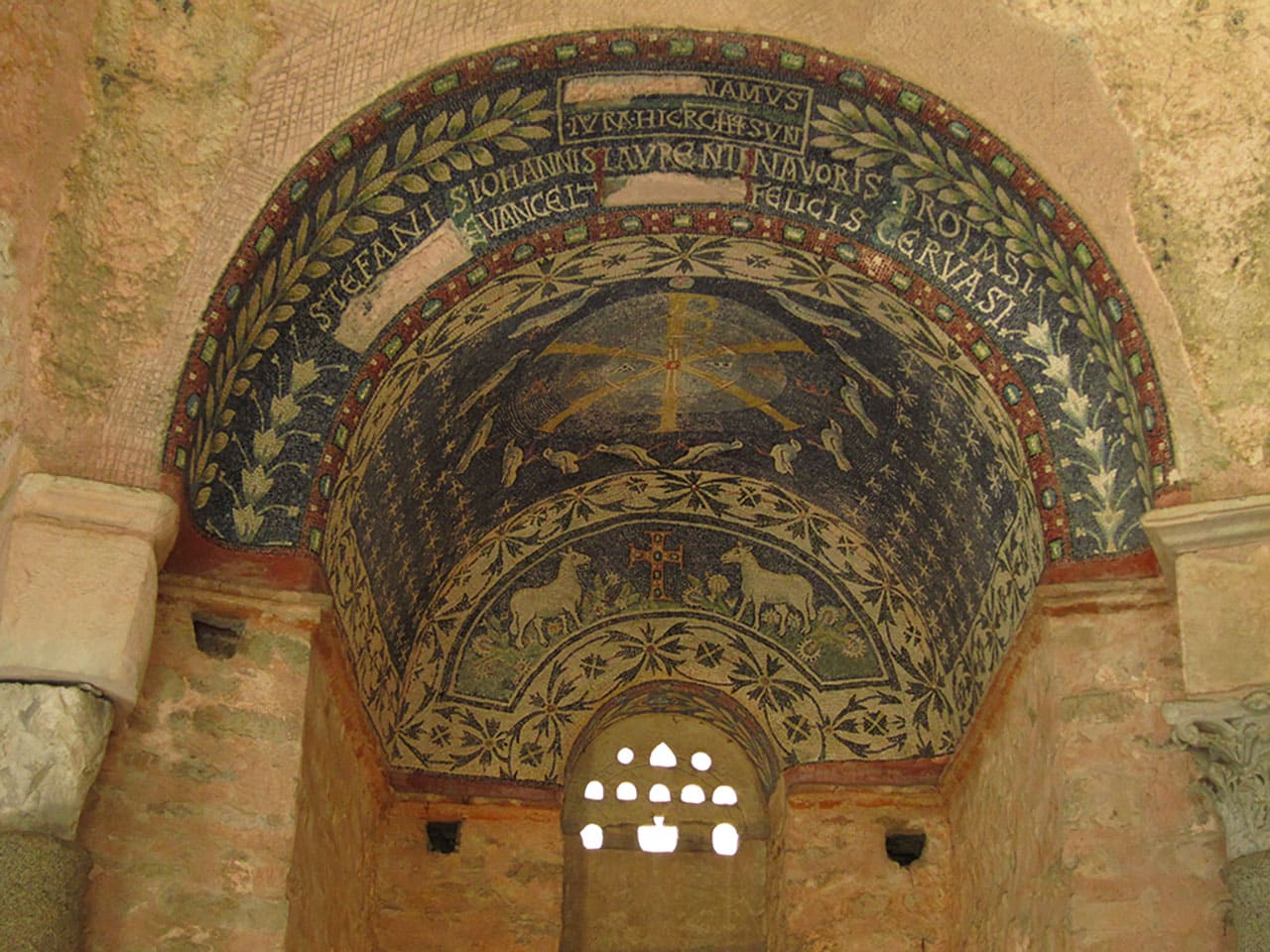

You can see the ‘Campana del Miracolo’ or Bell of the Miracle in the Basilica of San Nicolò in Pietra Ligure. According to legend, it was rung by St Nicholas of Bari at the end of the plague in 1525. If you climb the bell tower, you can see the ‘Bell of the Miracle’. The name derives from the unusual sight that can be seen above one of the bells – the imprint of a hand that’s said to be that of St Nicholas. This makes the bell tower a truly sacred place, and because of the devotion to St Nicholas, the ‘Feast of the Miracle’ is also celebrated every year.
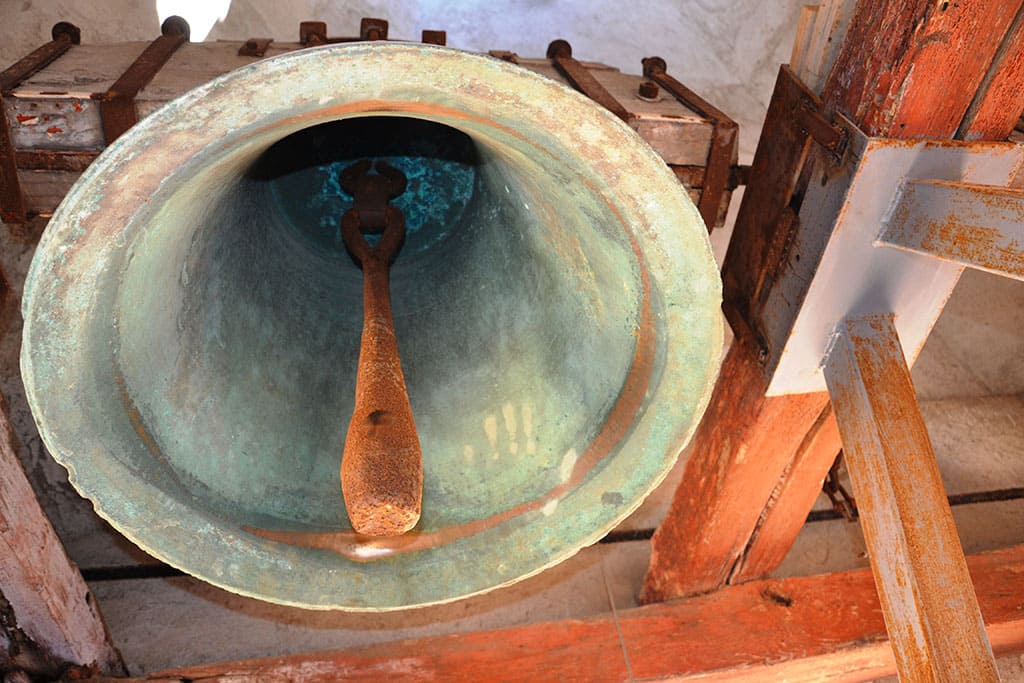
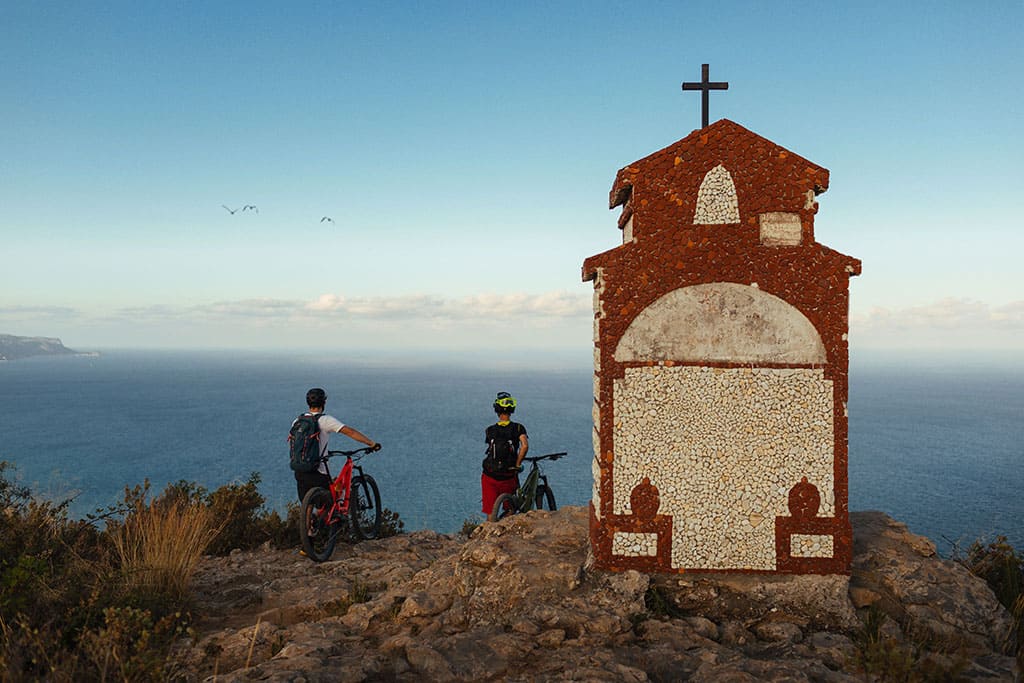


On Via della Rovere, you can see an example of Genoese Baroque architecture and one of the most beautiful Italian streets of the 18th century. The entrance to Villa Gavotti was built by the last descendant of the Della Rovere family, Francesco Maria, Doge of Genoa. The square villa has two large side terraces, leading to a wide flight of stairs, embellished with statues and ornaments and ending with the gardens and a central pond. On the ground floor, there are rooms with paintings depicting the seasons.


A famous marina and starting point for whale watching trips, Marina di Loano is the ideal place to stroll around during the day, or in the evening, as it is comfortable and organised. Let yourself be swept away by its magical atmosphere, night clubs and Yacht Club! If you want to spend the day at the beach, Marina Beach will be the perfect destination.
Behind the Crocetta promontory runs a stretch of the ancient communication route with the neighboring towns, used when the coastal road did not yet exist: the Roman promenade.
The Roman promenade is a short but intense panoramic route overlooking the sea, or rather over the sea, which joins the intersection of Via Trentun and Via Crocetta (Celle Piani side), with the beginning of Via Alla Costa at the iron bridge (Celle center side)
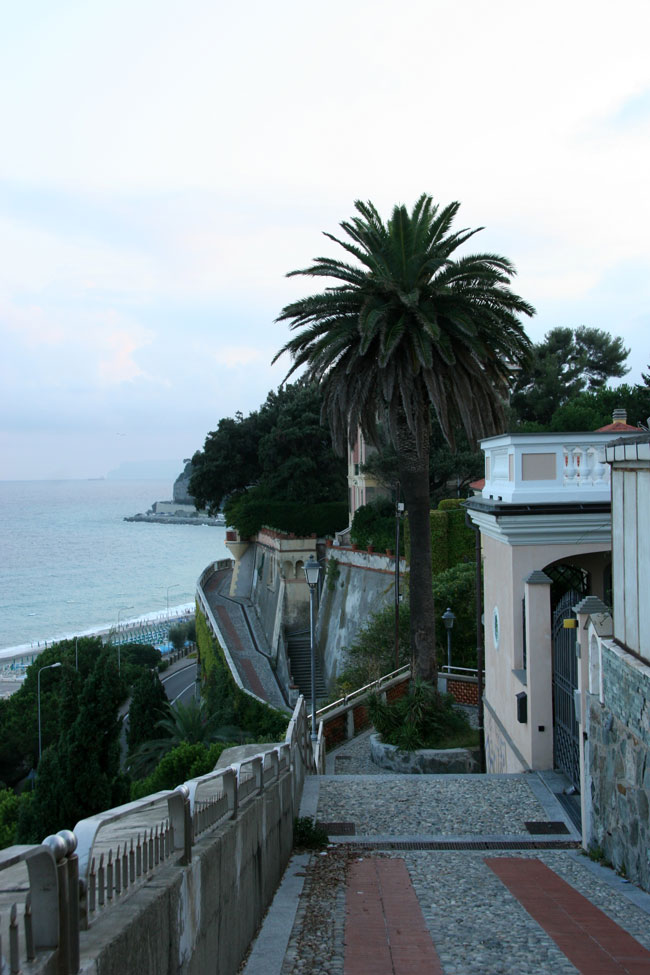
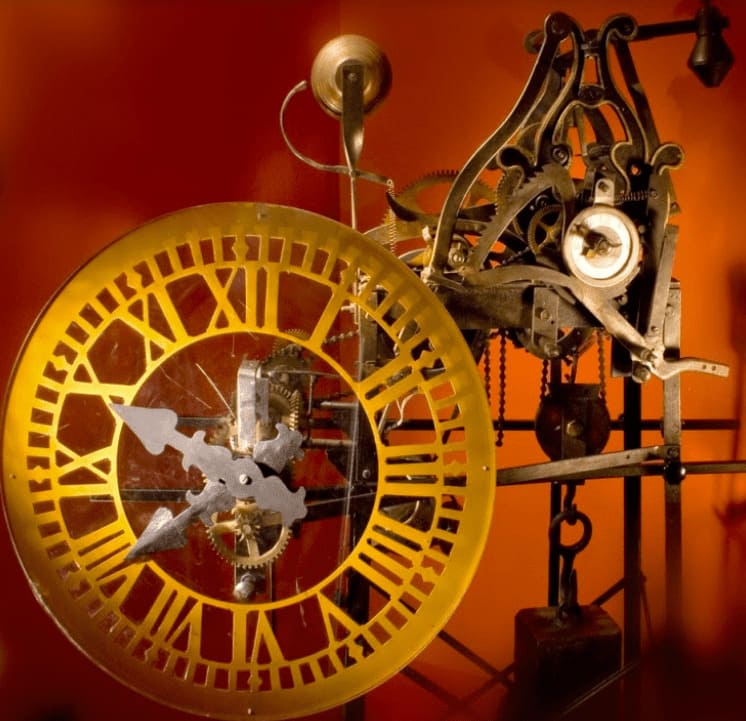
The Clock Museum was started by the driving force of Giovanni Bergallo, the last watchmaker who wanted to leave the legacy of the watchmaking to the town, Tovo, through the donation of his own collection. The Bergallo family built tower clocks for a long time, and the entire collection can now be seen in the museum, which recounts this family tradition in an authentic and engaging way.
Click on "Start reading" to listen to the contents of the page.